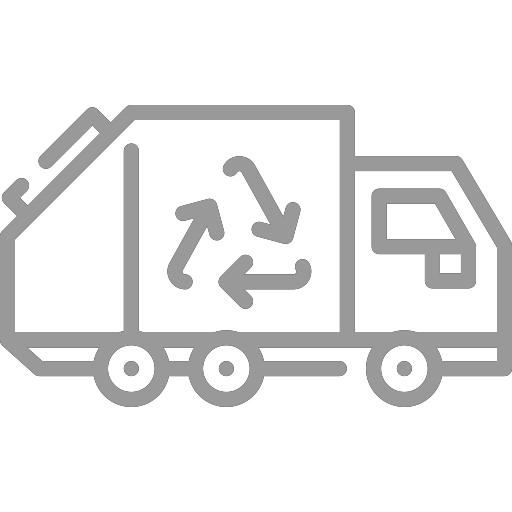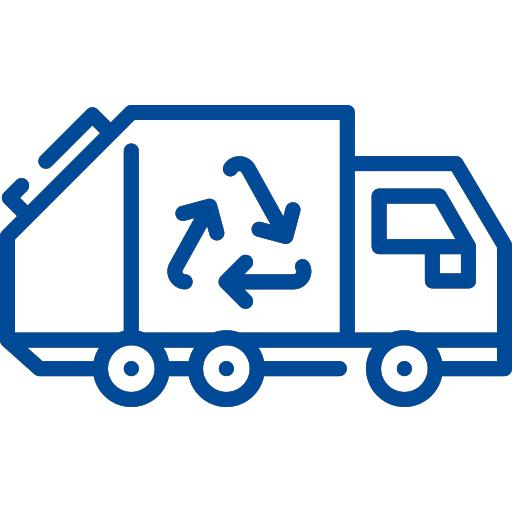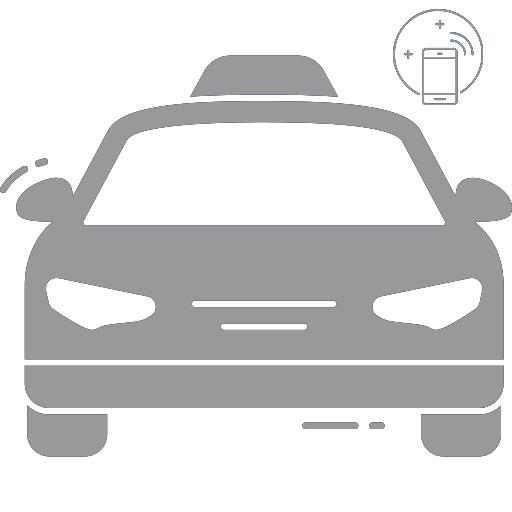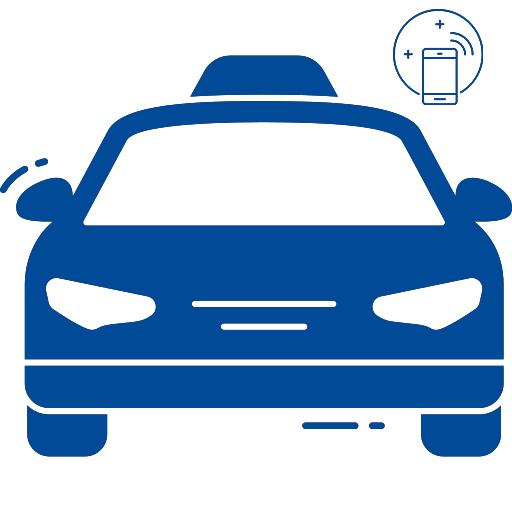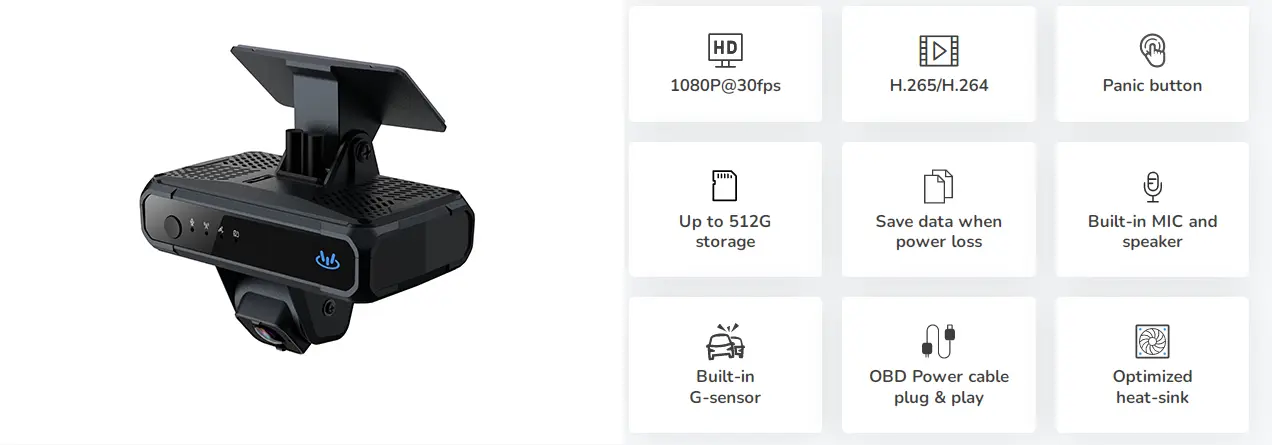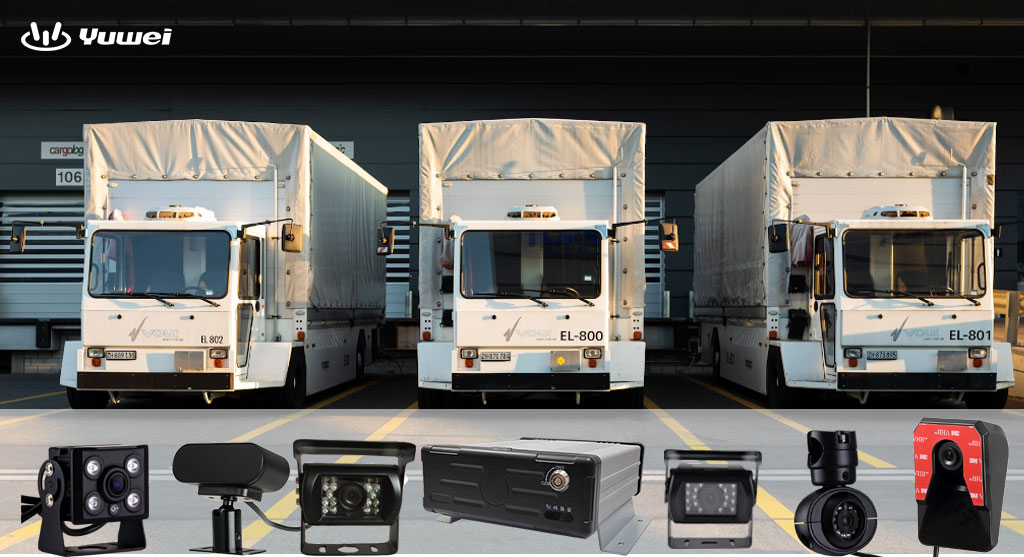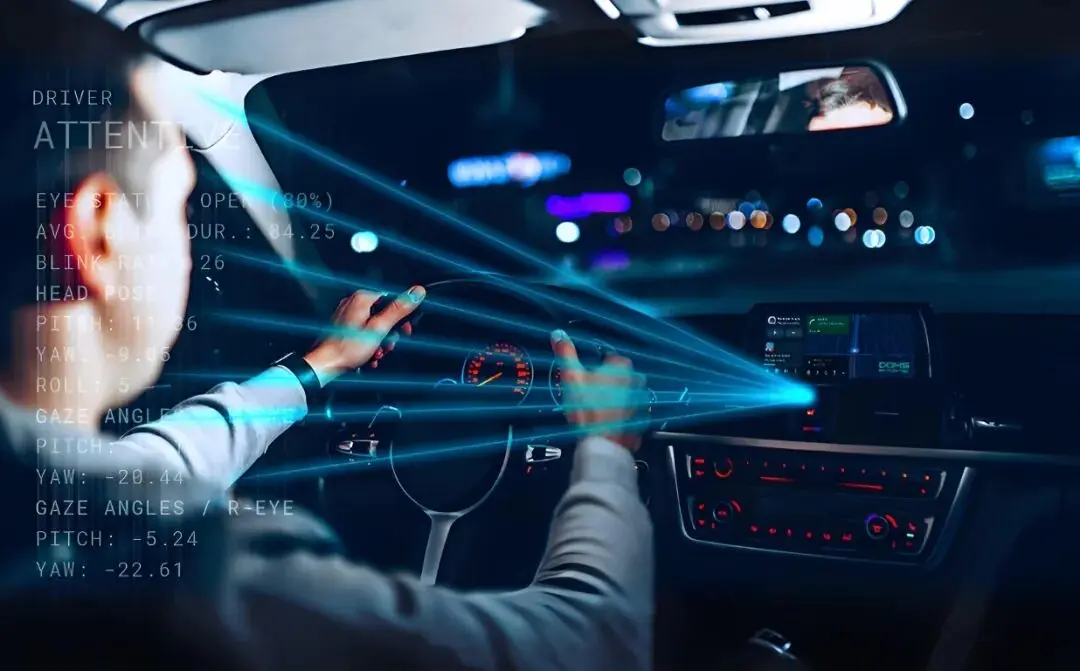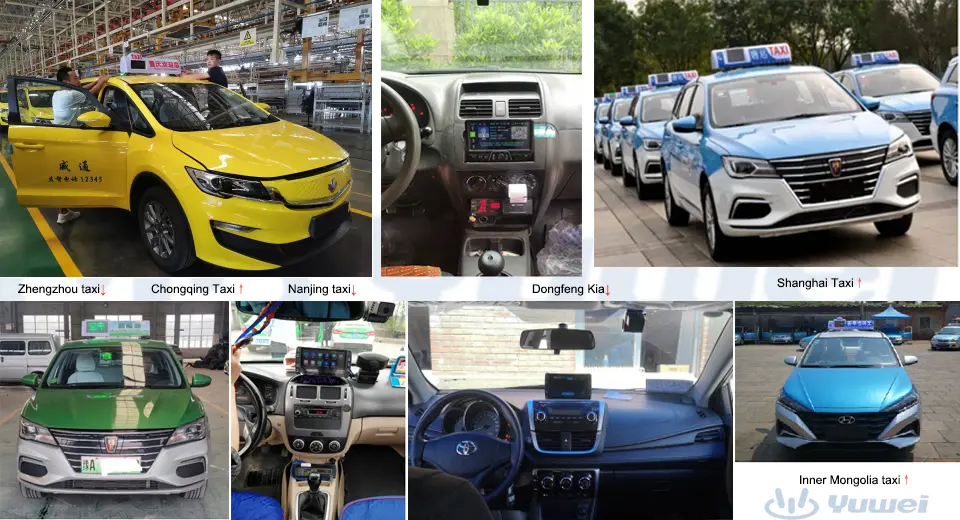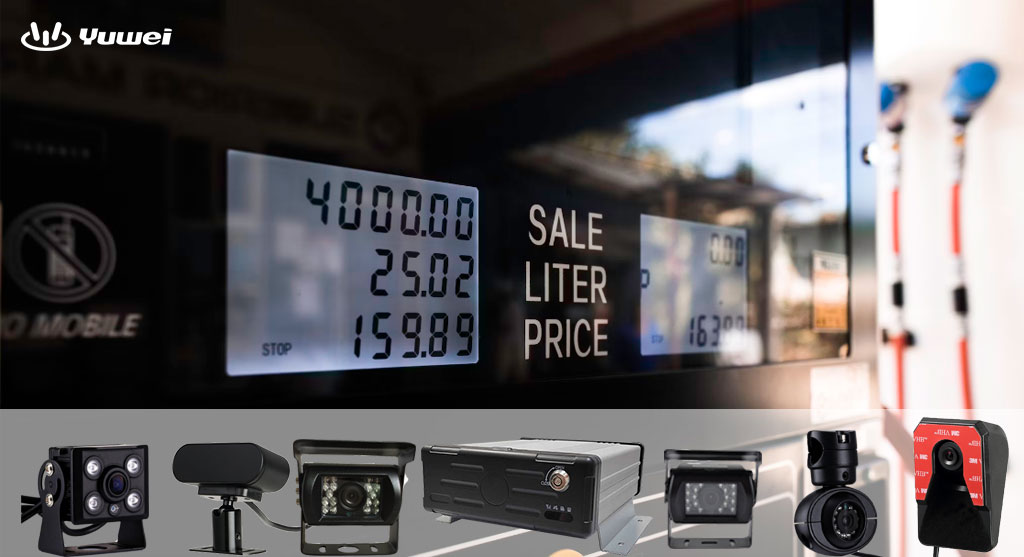Is It the Best Fleet Dash Cam with Artificial Intelligence?
Best Fleet Dash Cam with Artificial Intelligence
In the field of commercial fleet management, dash cams have long been a standard configuration. However, traditional devices can only passively record images, proving inadequate when facing complex road conditions and human-related risks. With breakthroughs in AI technology, the new generation of AI dash cams is redefining safety boundaries—it can not only "see" the environment inside and outside the vehicle but also "think" and proactively warn of dangers.
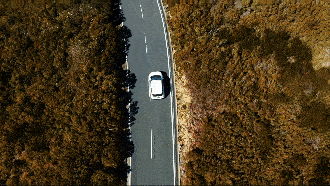
Comparison: Ordinary Dash Cam vs. AI Dash Cam
Comparison Dimension | Ordinary Dash Cam | AI Dash Cam (Taking Yuwei V8N as an Example) |
Core Functions | Basic video recording (single camera, no AI analysis) | 24/7 ADAS warnings + DMS monitoring + 4G remote management |
Safety Protection | No active intervention | 10+ active safety features including Lane Departure Warning, Collision Warning, Blind Spot Detection (BSD) |
Driver Management | Unable to monitor driving behavior | Real-time alerts for 20+ dangerous behaviors such as fatigue driving, distracted driving, and smoking |
Data Application | Only provides accident evidence | Automatically generates driving behavior reports to support fleet performance analysis |
Hardware Configuration | Single-core processor / 720P/1080P recording | Dual-core Linux system / 4G full-network connectivity / dual 1080P cameras |
Cost-Effectiveness | One-time hardware investment | Reduces accident rate (37% fewer accidents) + saves insurance costs |
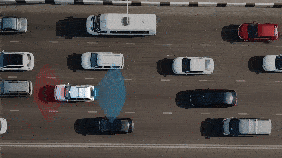
Differences Between V8N and Ordinary Dash Cams
1. From "Passive Recording" to "Active Defense"
(1) Ordinary dash cam: Only provides video evidence for post-accident liability tracing, unable to intervene in driving behavior.
(2) Yuwei V8N: Integrates ADAS (Advanced Driver Assistance Systems) to real-time monitor road conditions ahead and trigger warnings:
① Lane Departure Warning (LDW): Voice reminder "Do not deviate from the lane" when the vehicle crosses the line;
② Forward Collision Warning (FCW): Alert "Attention to obstacles ahead" when potential collision risks are detected;
③ Pedestrian Collision Warning (PCW): Identifies pedestrians crossing the road and prompts "Attention to zebra crossing".
2. From "Monitoring Drivers" to "Managing Behaviors"
(1) DMS (Driver Monitoring System): Captures the driver's status through an infrared camera:
① Triggers "Please rest" alert when fatigue driving (eye closing, yawning) is detected;
② Voice warning "Please focus on driving" for distracted driving (making phone calls, smoking);
③ Automatically marks abnormal events when the seatbelt is not fastened or the camera lens is blocked.
3. From "Single Perspective" to "Panoramic Control"
(1) Dual-camera design:
① Front camera: Starlight-level sensor supports 1080P@25fps high-definition recording, adapting to low-light environments at night;
② Interior camera: 720P infrared camera covers the entire interior of the vehicle, supporting multi-angle adjustment;
③ Optional extended cameras: Blind Spot Detection (BSD), reverse image, etc., achieving 360° all-round monitoring.
Why Is Yuwei V8N Trustworthy?
1. AI Algorithm and Hardware Synergy
① Chip performance: Equipped with an industrial-grade Linux system, supporting 4G LTE-FDD/WCDMA global frequency bands to ensure real-time data upload.
② Storage optimization: Dual TF card slots support up to 2TB expansion, using H.265 encoding to save 50% of storage space.
③ Power management: Built-in super capacitor can maintain 1 second of emergency recording after power outage, preventing the loss of key data.
2. Scenario-Based Solutions
(1) Fleet management needs:
① Real-time positioning: Integrates GNSS module (Beidou/GPS) with trajectory playback accuracy up to meter level;
② Remote access: Retrieve videos and download logs through a mobile APP without physical contact with the device;
③ Compliance: Passes international certifications such as CE/FCC/UKCA, adapting to strict standards of European and American markets.
3. Cost-Effectiveness Analysis
① Reduction of hidden costs: ADAS warnings reduce the accident rate by 37% (industry data reference) and insurance costs by 15%-20%;
② Efficiency improvement: DMS behavior analysis helps fleets formulate targeted training plans, reducing fines and disputes caused by fatigue/distracted driving.
Why Do Fleets Worldwide Choose Yuwei V8N?
① Case 1: After deploying V8N, a Kuwaiti cold chain logistics company reduced complaints about cargo damage caused by sudden braking by 62% and improved driver safety scores by 40%.
② Case 2: A Mexico City bus group used its blind spot detection function to reduce right-turn accident rates by 58% year-on-year and won a safety commendation from the municipal government.
With global compatibility and high cost-effectiveness, Yuwei V8N redefines the standards for commercial fleet safety management. It is not only a tool for accident prevention but also a core component of fleet digital transformation. For American customers pursuing ultimate safety, this device integrating ADAS, DMS, 4G transmission, and AI analysis is undoubtedly a strong contender for the "best fleet dash cam".
Email:hello@yuweitek.com

















